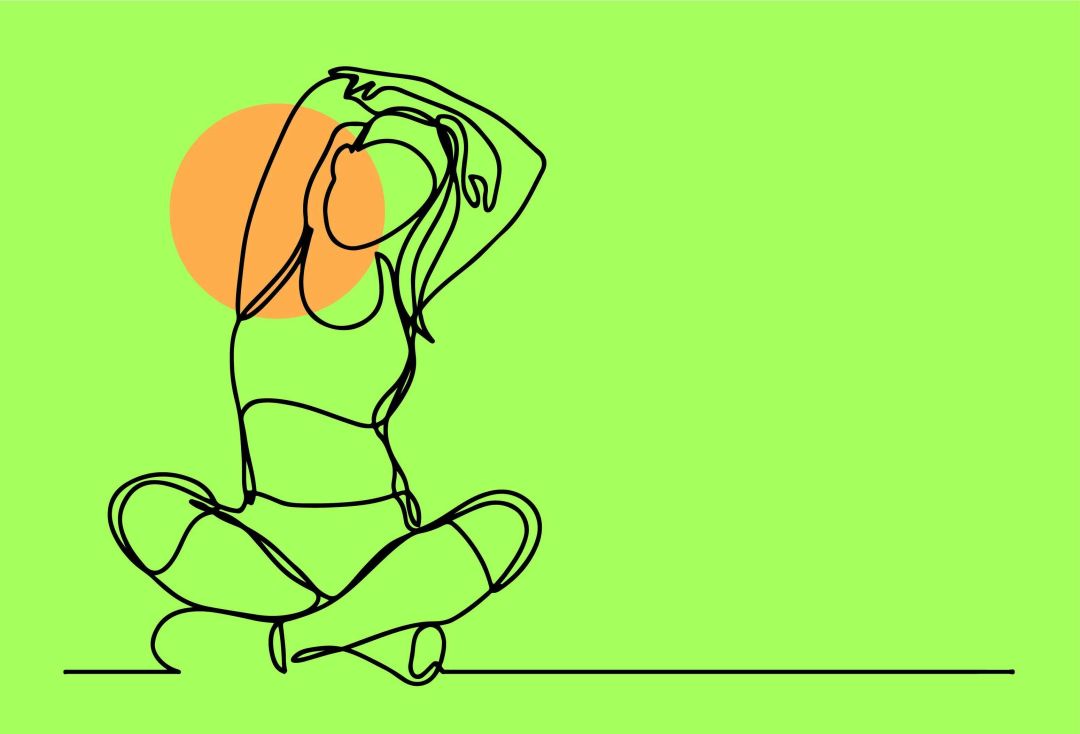Why Do We Stretch Involuntarily?

Image: Kari Perrin
Stretching can be a normal part of your workout routine, but why do we stretch first thing in the morning or after sitting at our desk for hours at a time? This is actually a regulatory response initiated by our nervous systems, telling us either to wake up, or calm down.
Involuntary, or subconscious stretching is called pandiculation. It's a behavior seen in most mammals and is often associated with yawning and the sleep-wake cycle (think: the cartoon characters that wake up, stretch and yawn in bed).
Pandiculation is your body's way of releasing tension in your fascia, the connective tissue that surrounds your muscles, organs and blood vessels. Stretching is one of the ways that our body keeps fascia flexible and full of oxygen. Sometimes, your body will stretch involuntarily to achieve this result.
Fyzical Therapy & Balance Centers in Bradenton and Sarasota share benefits of stretching, whether involuntary or voluntary, and Sarasota's Your Place Physical Therapy offer types of stretches we can do to relieve tension.
According to Fyzical, stretching and other manipulations like massage can help improve circulation to the limbs. As blood circulation improves, the nervous system calms, heart rate is lowered and blood pressure is reduced.
Other benefits of stretching include reduced chronic back pain, improved posture when sitting down, increased range of motion and less risk of injury. If you are an athlete, or someone engaged in a regular exercise routine, stretching can help lengthen and repair muscles.
An article by the American Journal of Sports Science and Medicine found that static stretching—or stretching a muscle group to its furthest point—activates your parasympathetic nervous system and is responsible for inducing feelings of calm.
Stretching at night can also promote feelings of relaxation and help improve sleep quality. This is also when the parasympathetic system, also known as the "rest and digest" part of the nervous system, activates.
So, if you've been sitting at your desk for hours at a time, go to stand up and find your body taking you into a stretch involuntarily, it is most likely it needs some blood flow, a dose of relaxation and a pump of endorphins, which are also released when stretching. These endorphins can help to relieve pain and stiffness.
Here are some stretches from Your Place Physical Therapy that you can do beyond subconscious stretching, to relieve daily tension and improve posture.
The "Cat/Cow" Stretch
Start on your hands and knees. Breathe in and out while slowly arching and then contracting your spine. Repeat each position five to 10 times.
The "Chin Tuck" Stretch
Look straight ahead while sitting or standing. Slowly push your chin downward toward your chest. Hold the position for five to 10 seconds, and then return to a neutral position. Repeat several times.
The "Doorway Pec" Stretch
Stand in the middle of an open doorway. Lift your arms to your sides horizontally, and bend your elbows at a 90 degree angle. Push your forearms against the frames, pressing your chest out and forward. Hold the position for 20 to 30 seconds. Repeat five times.



